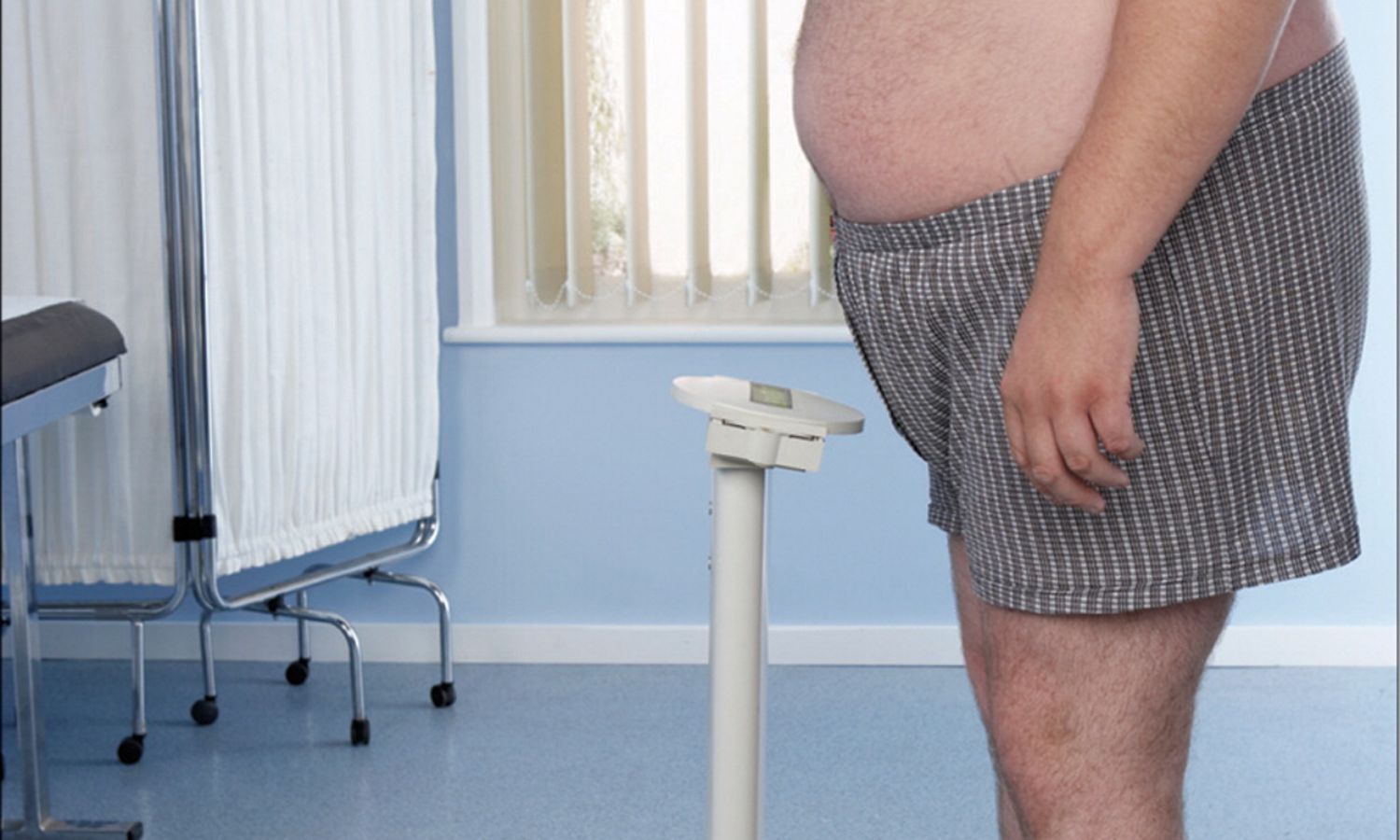August 07, 2025
2 min read
Key takeaways:
- Adults with obesity lost more body weight with once-daily orforglipron vs. placebo.
- Orforglipron’s safety profile was similar to other GLP-1 medications.
- Full data from ATTAIN-1 will be presented in September.
An oral GLP-1 induced up to 12.4% weight loss at 72 weeks for adults with overweight or obesity, according to topline results from the phase 3 ATTAIN-1 trial.
As Healio previously reported, orforglipron (Eli Lilly), a once-daily oral GLP-1, induced greater reductions in HbA1c than placebo at 40 weeks for adults with type 2 diabetes in the ACHIEVE-1 trial.

Adults with obesity lost significantly more weight with orforglipron than placebo in a phase 3 trial. Image: Adobe Stock
In ATTAIN-1, researchers assessed the efficacy of the medication in a cohort of 3,127 adults with obesity or overweight with at least one weight-related comorbidity and without diabetes. Adults who enrolled in the trial reported being unable to lose weight via dietary intervention. Participants were randomly assigned 3:3:3:4 to receive once-daily 6 mg, 12 mg or 36 mg orforglipron or placebo for 72 weeks. The primary endpoint was change in body weight at 72 weeks.
According to the efficacy estimand, orforglipron met the trial’s primary endpoint. The 6 mg orforglipron group lost 7.8% body weight, the 12 mg group lost 9.3% body weight and the 36 mg group lost 12.4% body weight at 72 weeks compared with a 0.9% weight loss with placebo. Weight loss according to the treatment-regimen estimand was 7.5% with 6 mg orforglipron, 8.4% with 12 mg orforglipron, 11.2% with 36 mg orforglipron and 2.1% with placebo.
In the efficacy estimand, a 10% or greater weight loss was achieved at 72 weeks by 35.9% of the 6 mg orforglipron group, 45.1% of the 12 mg orforglipron group and 59.6% of the 36 mg orforglipron group vs. 8.6% of the placebo group. The proportion of participants achieving a 15% or greater weight loss at 72 weeks was 16.5% in the 6 mg orforglipron group, 24% in the 12 mg orforglipron group, 39.6% with 36 mg orforglipron and 3.6% with placebo.
According to a press release from Eli Lilly, orforglipron was also associated with reductions in non-HDL cholesterol, triglycerides and systolic blood pressure across all doses. Orforglipron 36 mg lowered high-sensitivity C-reactive protein by 47.7%, according to a prespecified exploratory analysis.
The safety profile of orforglipron was similar to other GLP-1s, according to the topline results. The most common adverse events with orforglipron were nausea, constipation, diarrhea, vomiting and dyspepsia. Most adverse events were mild to moderate in severity. The percentage of adults who discontinued to trial due to adverse events was 5.1% with 6 mg orforglipron, 7.7% with 12 mg orforglipron, 10.3% with 36 mg orforglipron and 2.6% with placebo. No hepatic safety signals were observed.
“Obesity is one of the most pressing global health challenges of our time, driving global chronic disease burden and impacting more than 1 billion people worldwide,” Kenneth Custer, PhD, executive vice president and president of Lilly Cardiometabolic Health, said in a press release. “With orforglipron, we’re working to transform obesity care by introducing a potential once-daily oral therapy that could support early intervention and long-term disease management, while offering a convenient alternative to injectable treatments. With these positive data in hand, we are now planning to submit orforglipron for regulatory review by year-end and are prepared for a global launch to address this urgent public health need.”
According to the release, full results from ATTAIN-1 will be presented at the European Association for the Study of Diabetes meeting in September. Additional results from the ATTAIN trial program will also be released later in 2025.










